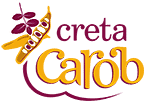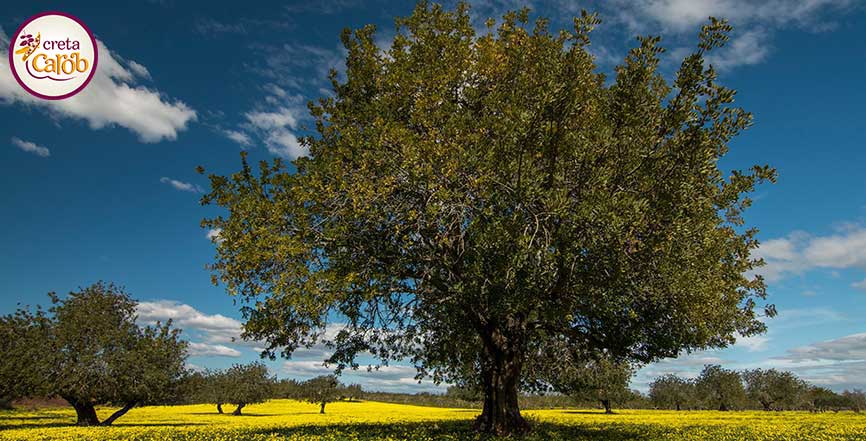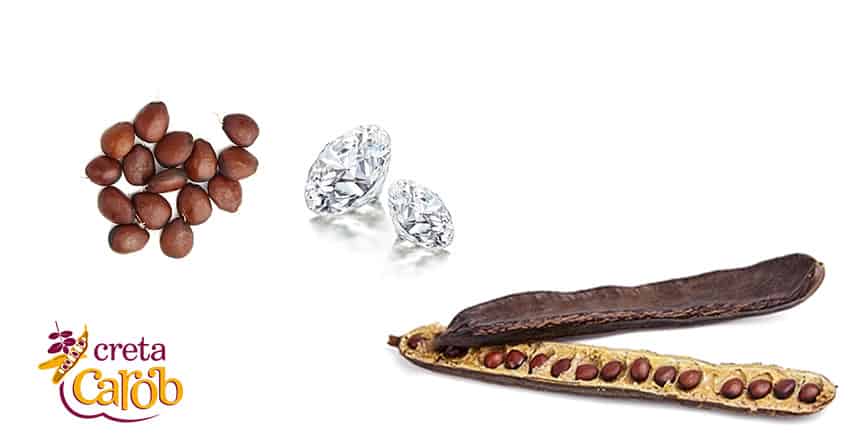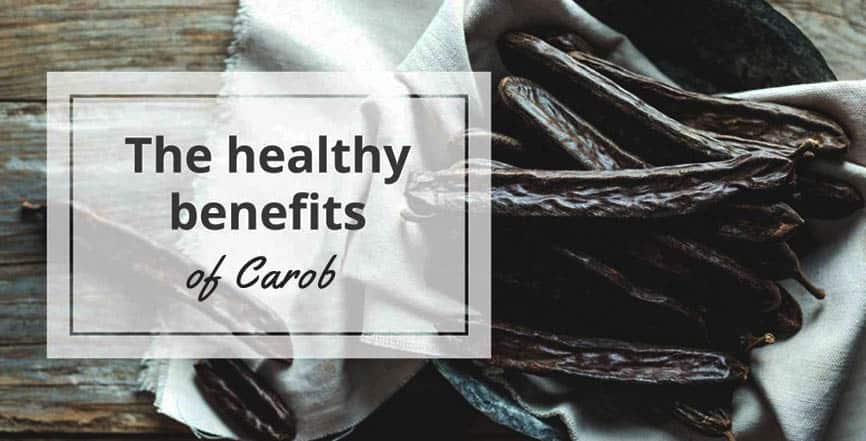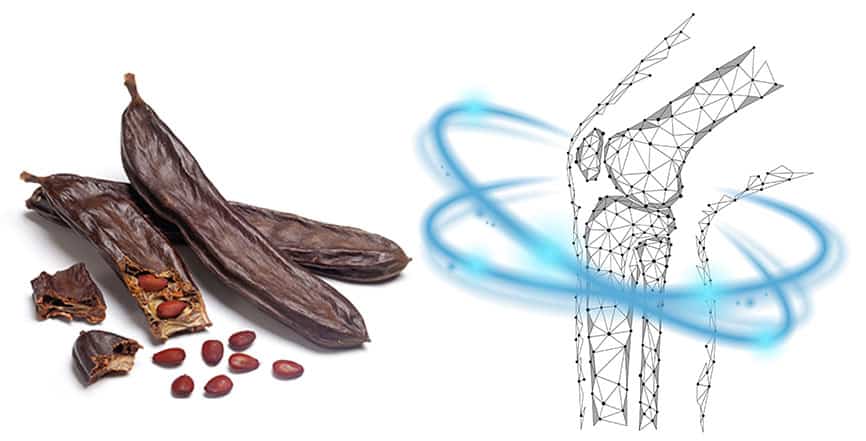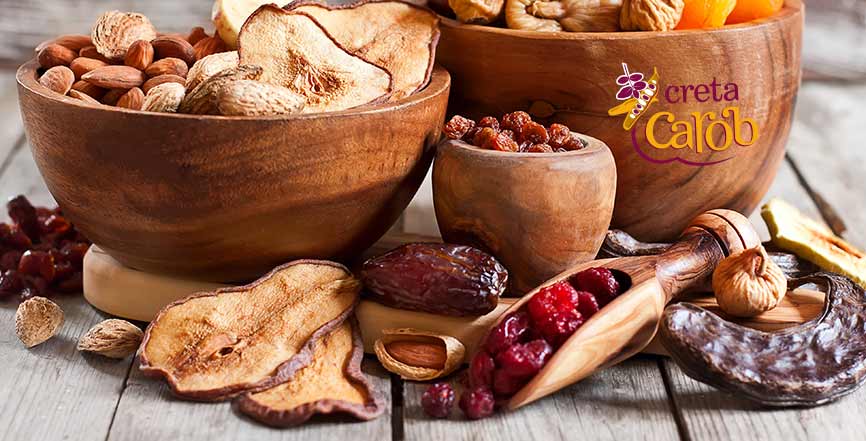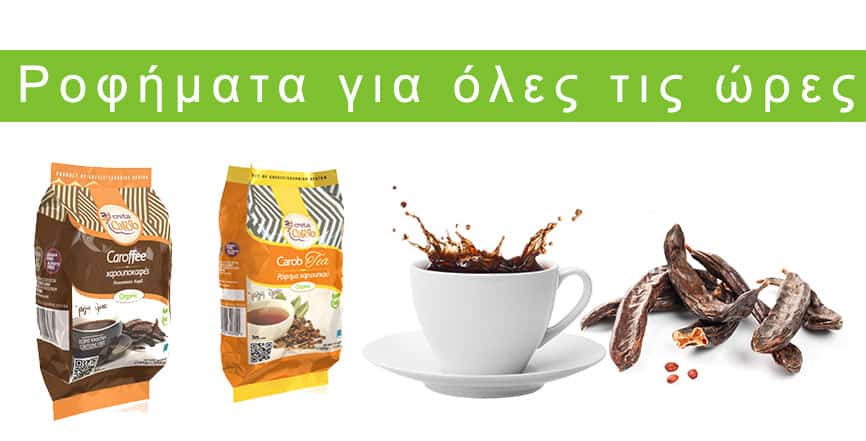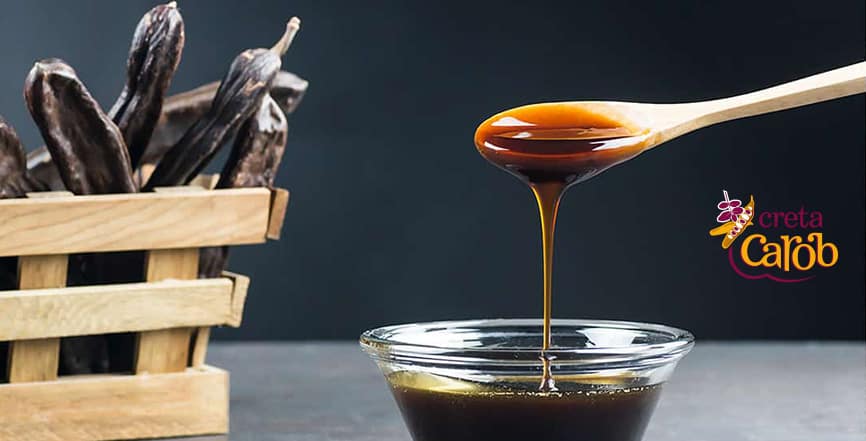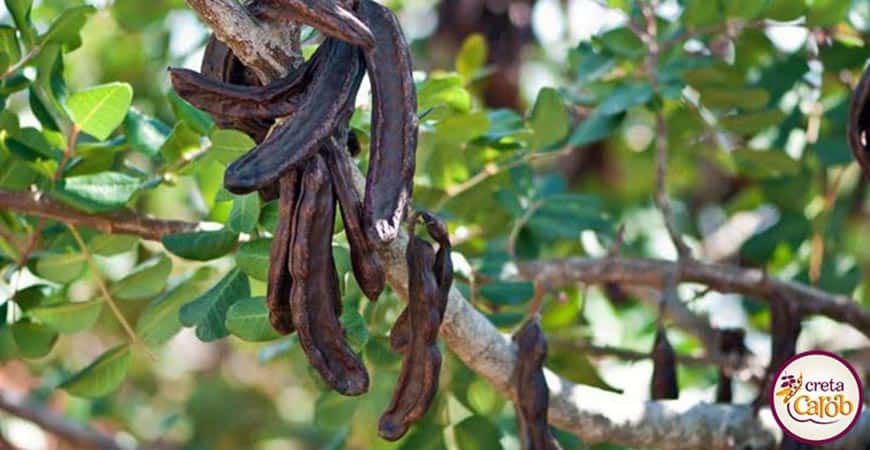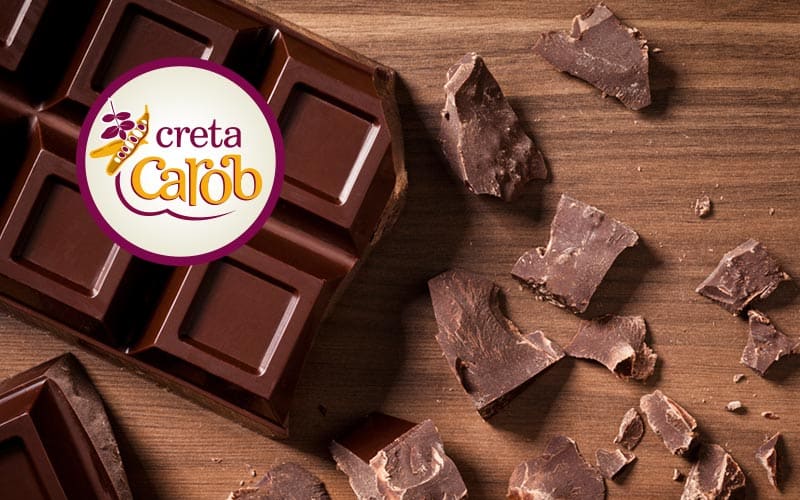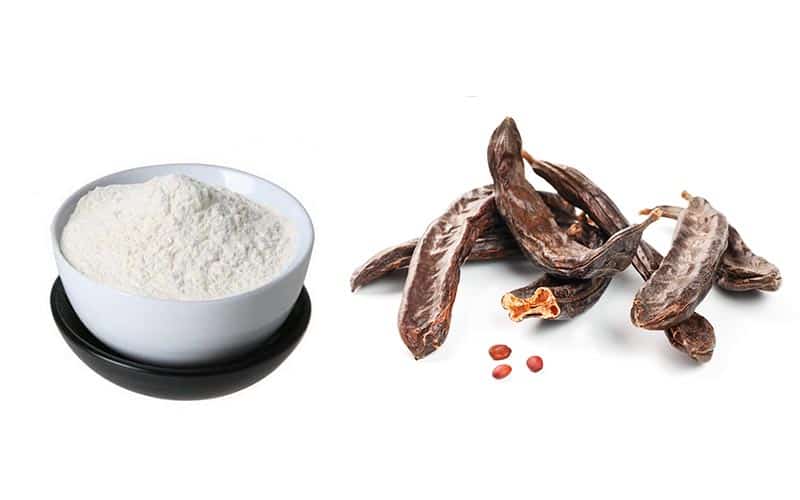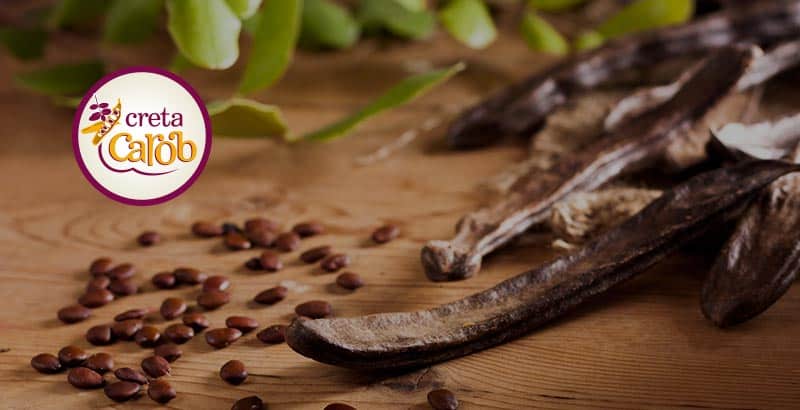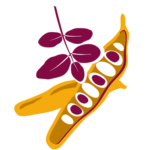Carobs have been a favorite food of Cretans for many years. But where are the Carob Trees in Crete and how productive are they? Why is carob “the Black Gold of Crete”?
Carob Tree is one of the most common trees in Crete. It is planted everywhere, even on sidewalks in cities, because it has dense shade and requires zero care. The Strong locust trees (or ‘Xylokeraties’ in Greek) thrive in arid and rocky areas and they are quite far from each other. We will find Carob in all the Prefectures of Crete, on mountain slopes, in ravines, among the olive trees. Many years ago, the arid parts of Crete were ideal areas for the cultivation of locusts for the production of animal feed, and so today it is an important part of the island’s identity. Statistical research has shown that of the approximately 15,000 tons of locusts in our country, 80% is produced in Crete and is distributed approximately equally in the four prefectures. Carob is a long-life tree and it is an ideal crop alternative to global climate change.
In Crete there is the natural forest with Carobs, the Carob Forest, in the Prefecture of Heraklion. Specifically, the Carob Forest of the ‘Three Churches’ is located 64 km south of Heraklion, west of the settlement and the beach of the Three Churches. The slopes of the Asterousia Mountains (which end at the beach) are overgrown with large locust trees, which form an extensive sparse forest. This Carob Forest is characterized as one of the largest natural locust forests in Europe, it is the only one in the Mediterranean, while the region is considered as one of the most isolated in Europe.
We have indications that there were locusts in Crete of the Late Minoan Age (1560 – 1050 BC), as carob charcoals of this period have been found. It is known that carobs were eaten during the Turkish Occupation but also in other difficult times such as the World Wars. During the Occupation, Crete was a major exporter of locusts, mainly to Northern Greece. A significant part of the cargo that arrived in Thessaloniki was intended for the production of Carob Syrup, which was channeled to the production of halva. In the past, Cretans ate carobs as a dessert, while carob fruit is a healthy substitute for chocolate even today. In addition, locusts are used in the preparation of alcoholic beverages, but also as animal feed. Due to the multi-layered use of the locust bean but also because it has a dark brown-black color, it has been named the ‘Black Gold’ of Crete. Our grandparents remember how many products of high nutritional value were made from locusts.
The harvesting of locusts (‘trigos’ in Greek) takes place in late summer to early autumn. It basically lasts two to four weeks, depending of course on the weather. In previous years in Crete, during the harvest period of any fruit, farmers followed approximately the same procedure. So even at the carob harvest, the farmers lived in the fields with their families and in the evening they might celebrate the harvest with song and dance. The locusts were collected from the tree by sticking with reeds. This method of harvest survives even today. At the end of the harvest, the fruit was transported by port animals (mules and donkeys) to traders and locust mills, for sale and processing.
Carob products
